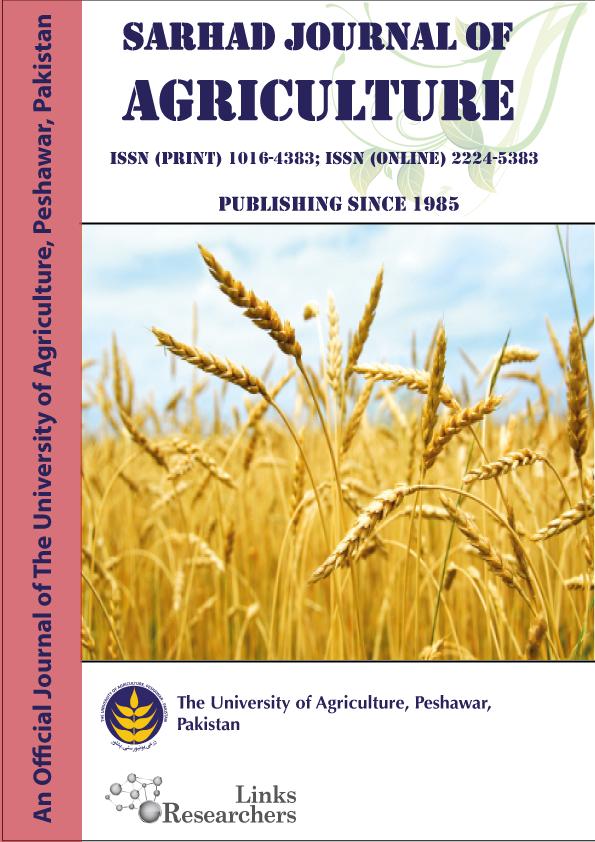Effect of High-Density Polyethylene, Polyvinyl Chloride and Low-Density Polyethylene Microplastics on Seeding of Paddy
Effect of High-Density Polyethylene, Polyvinyl Chloride and Low-Density Polyethylene Microplastics on Seeding of Paddy
Iswahyudi Iswahyudi1,2, Wahyu Widodo1*, Warkoyo Warkoyo1, Roy Hendroko Setyobudi3, Damat Damat1,
Dyah Roeswitawati1, Shazma Anwar4, Thontowi Djauhari Nur Subchi1, Irma Rahmaita Utarid5, Marchel Putra Garfansa2, Mohammad Shoimus Sholeh2, Ida Ekawati6, Rusli Tonda7, Wahyu Alvina Mujianti2, Dody Sukma RA8, Sri Utami Lestari8 and Choirul Anam9
ABSTRACT
To share on other social networks, click on any share button. What are these?







